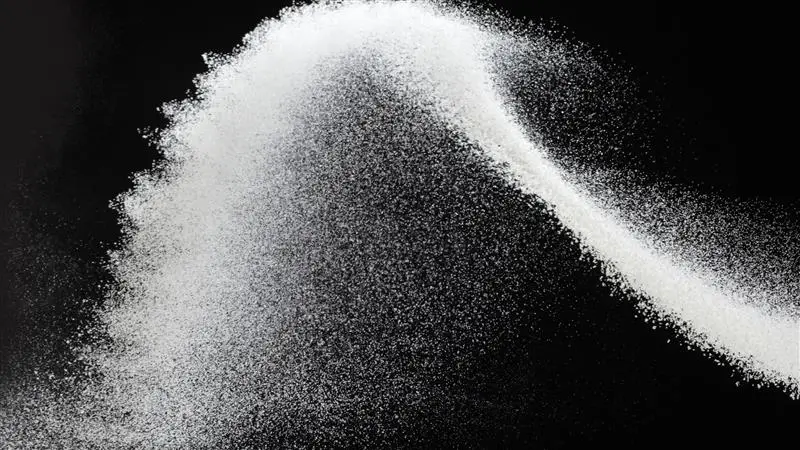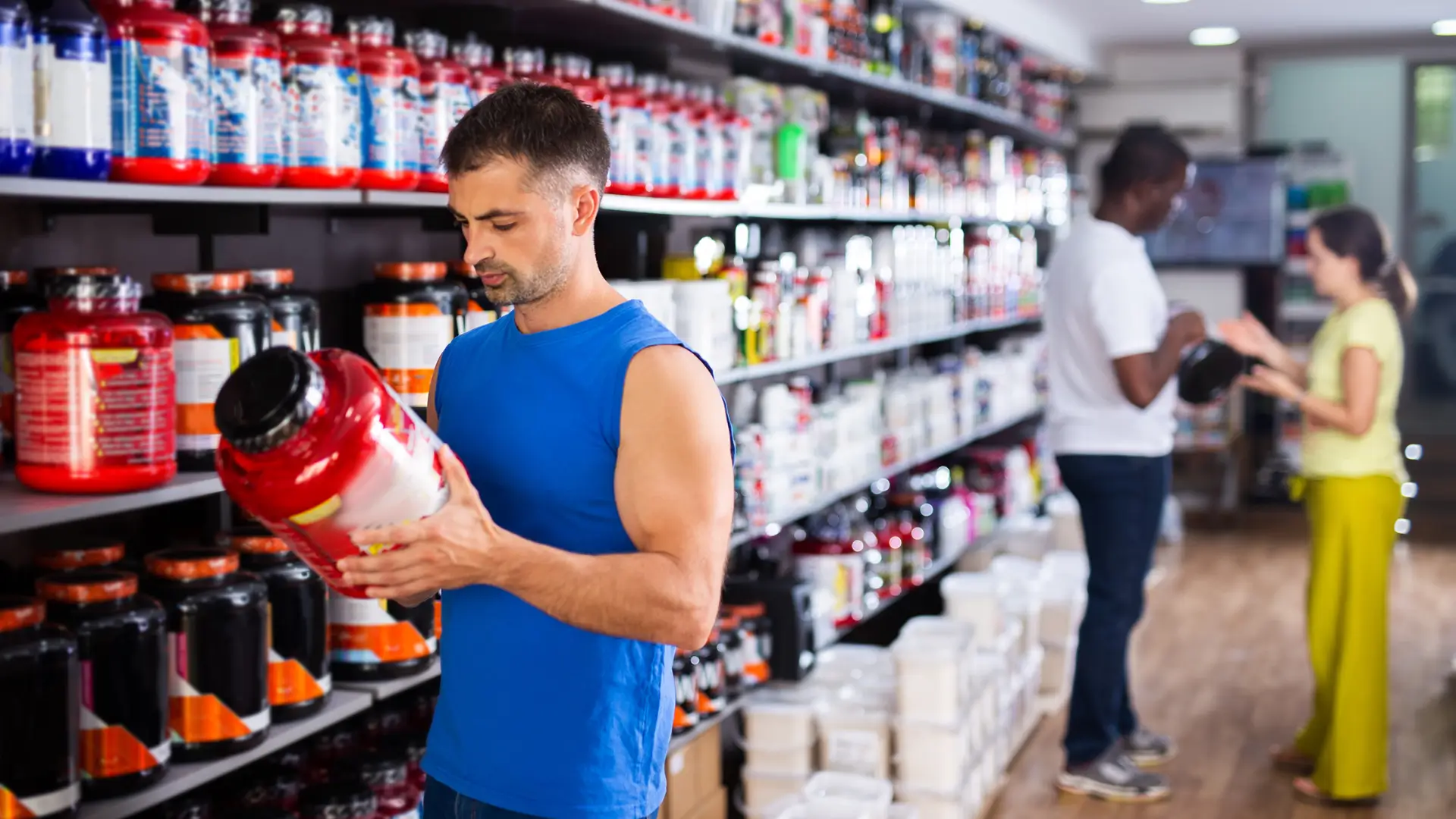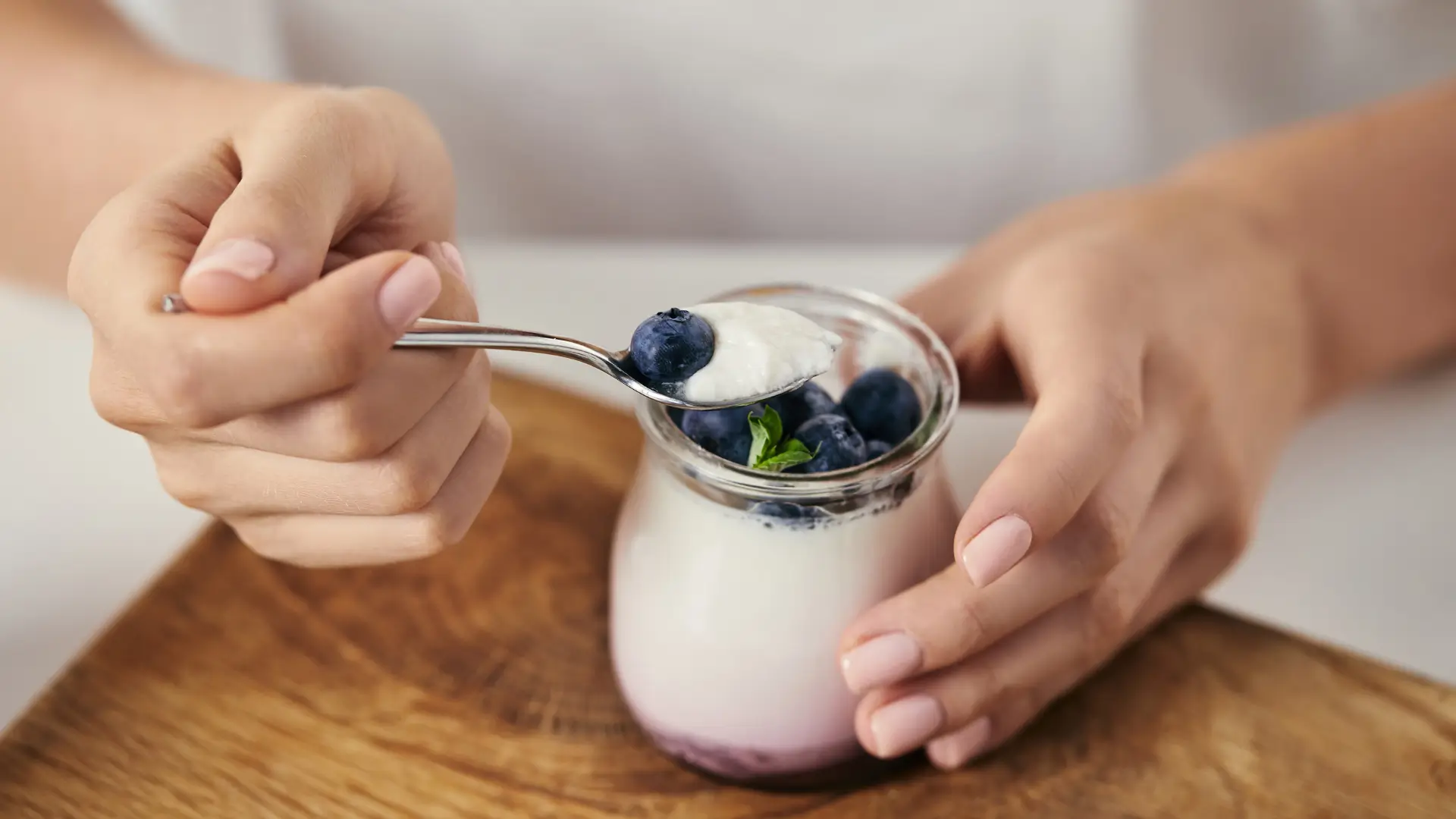For any brand in the supplement or functional food space, the label is a promise to the consumer. A claim of “500 mg of Vitamin C per serving” is not just a marketing statement; it’s a guarantee of potency that must hold true until the very last day of the product’s shelf life. However, of all the vitamins, Vitamin C (ascorbic acid) is notoriously fragile.
The gap between the amount of Vitamin C added during production and the amount present at the point of consumption can be significant. This creates a serious business risk, potentially leading to customer dissatisfaction and regulatory scrutiny. This guide is designed for brand owners and quality managers to understand the challenges of ensuring Vitamin C potency and the strategies to overcome them.
The core challenge: why vitamin C degrades
Ascorbic acid is a powerful antioxidant, which means it readily sacrifices itself to neutralize free radicals. Unfortunately, this also means it is highly susceptible to degradation when exposed to common environmental factors. The primary drivers of Vitamin C loss are:
- Oxygen: Exposure to air is the most significant factor, leading to rapid oxidation.
- Heat: High temperatures during processing (like pasteurization) or storage accelerate degradation.
- Light: UV light can trigger oxidative reactions.
- pH: Stability is generally highest in acidic conditions.
- Presence of Metal Ions: Trace amounts of metals like copper and iron can catalyze oxidative breakdown.
Understanding these factors is the first step in developing a strategy for ensuring Vitamin C potency.
Strategies for protecting vitamin C in your formulation
Protecting the potency of your Vitamin C is an active process that begins at the formulation stage.
1. Overages: the standard industry practice
The most common strategy is to include an “overage”—an amount of Vitamin C added during manufacturing that is above the label claim. This is calculated to compensate for expected losses during processing and throughout the product’s shelf life. Determining the correct overage requires rigorous stability testing and is a critical part of product development.
2. Choosing the right product matrix
The type of product you are creating has a huge impact on stability.
- Dry Powders: Offer the most stable environment, as the lack of water significantly slows down oxidative reactions.
- Tablets & Capsules: Also provide good protection, especially when coated.
- RTD Beverages & Liquids: This is the most challenging environment. Protecting Vitamin C here requires careful control of pH, oxygen levels during bottling (e.g., nitrogen flushing), and the use of opaque packaging to block light.
3. Leveraging synergistic antioxidants
A smart formulation strategy involves using other ingredients to “protect” the ascorbic acid. Adding other antioxidants, such as bioflavonoids from an acerola extract, can create a synergistic effect where these compounds act as a first line of defense against oxidation, thus “sparing” the Vitamin C. This is a key principle in ensuring Vitamin C potency in premium formulas.
The supplier’s role in ensuring potency
The process of ensuring Vitamin C potency starts with a high-quality, stable, and well-documented raw material. A reliable supplier provides more than just a powder; they provide the assurance of purity and consistency that is the foundation of a stable product.
At Nutri Partners, we supply high-purity ascorbic acid and natural Vitamin C sources like acerola extract. We understand the formulation challenges our partners face and provide the quality documentation (CoA) needed to build products that deliver on their promise from the first day to the last.





